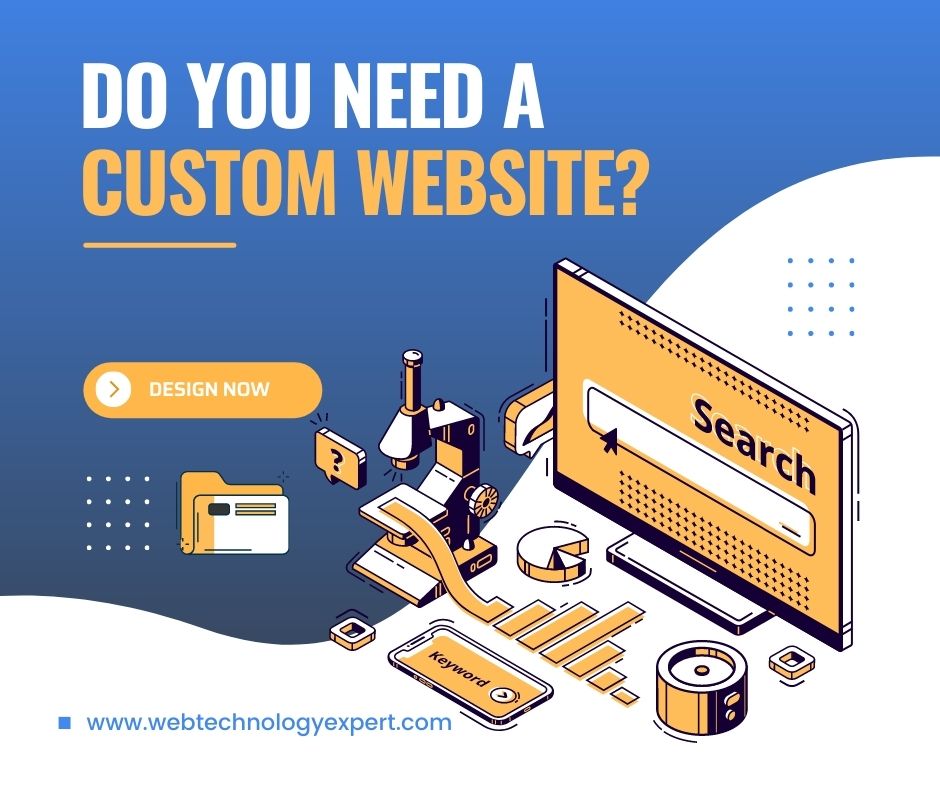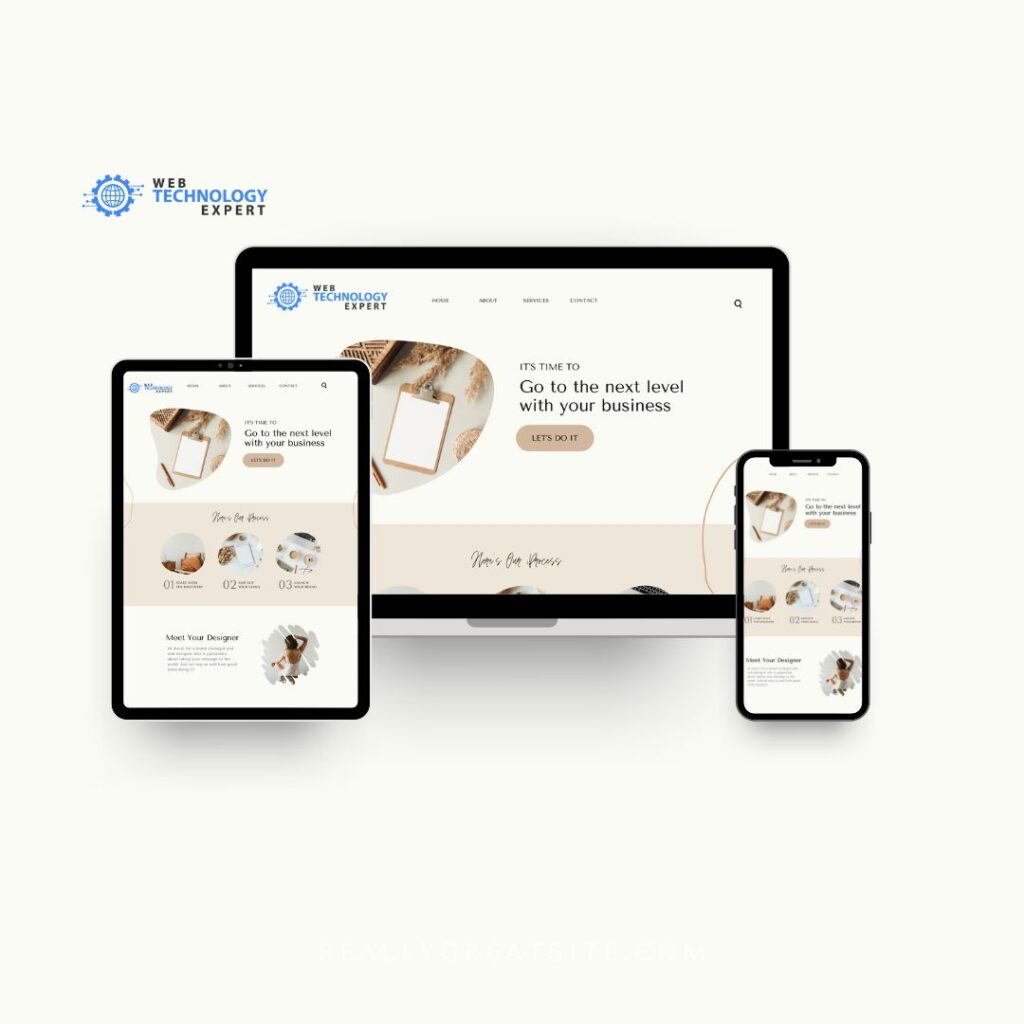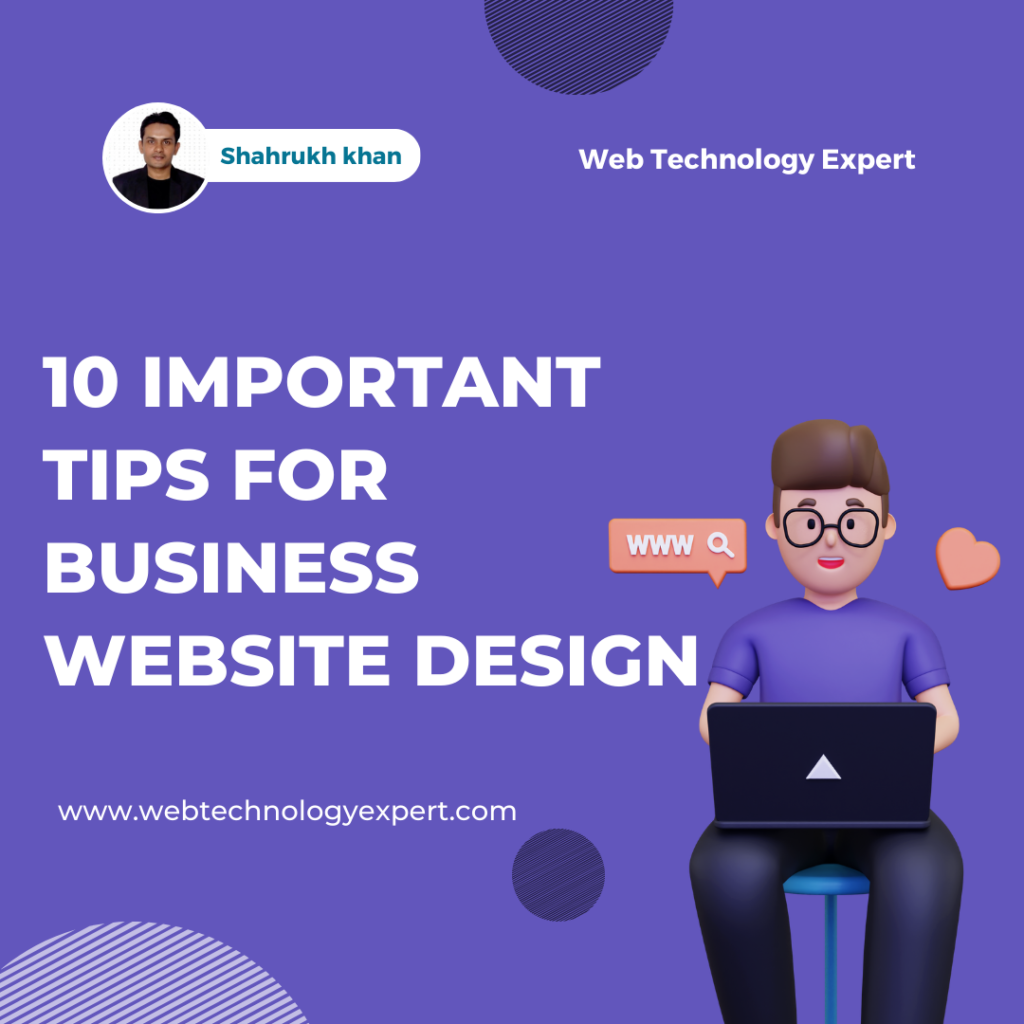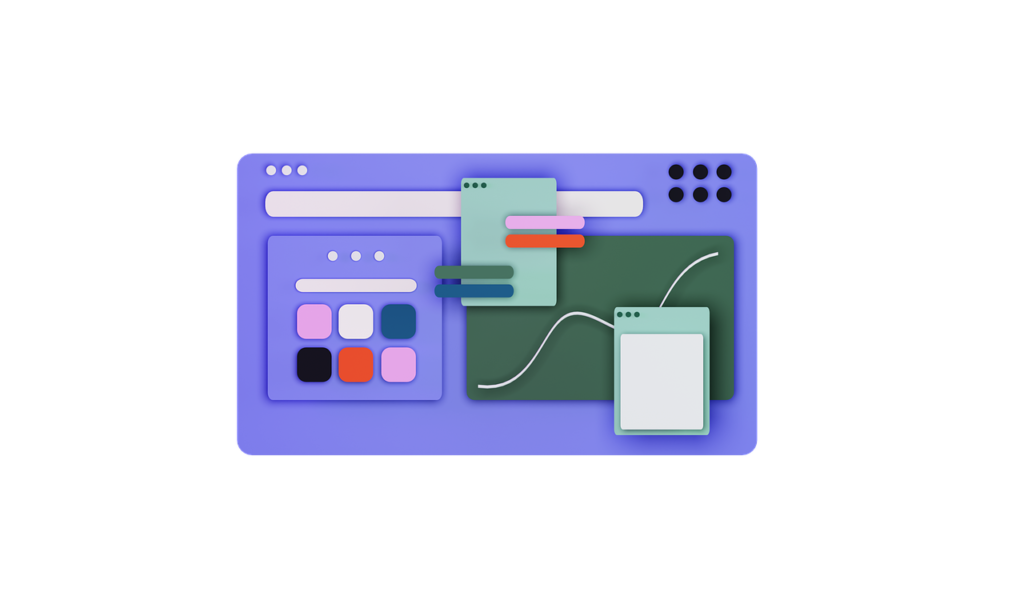Why Custom Web Design Is Better Than Templates?

Custom web design is tailored to your specific business needs and requirements, providing a unique online presence that sets you apart from your competitors. With custom design, you have complete control over the appearance, functionality and user experience of your website. Templates, on the other hand, offer limited customization options and often result in a […]
6 Signs It’s Time To Rebrand

Are you wondering whether it’s time to rebrand your business? It’s a big decision that shouldn’t be taken lightly. Your brand is the face of your business and plays a critical role in attracting and retaining customers. Here are some signs that it may be time to consider rebranding: Rebranding is a big undertaking, but […]
10 Essential Tips for Designing a Successful Business Website

Here are 10 tips for the best website design for a business website: 1. Understand your audience: Before designing your website, it is essential to understand your target audience. Knowing who your potential customers are will help you create a website that caters to their needs and preferences. 2. Keep it simple and user-friendly: A […]
Elements of User Interface and User Experiences

What separates good user interfaces from bad ones? What characteristics should you look out for when designing an interface? This article on Elements of User Interface and User Experiences will help you create an effective, engaging experience that keeps your users coming back again and again. Overview Elements of User Interface and User Experiences allow […]
